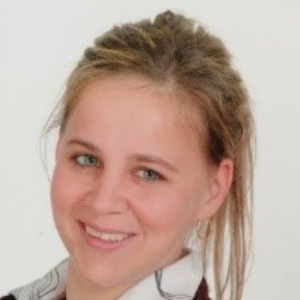Abstract:
Objective: To describe the clinical and laboratory charactheristics, as well as the outcome of children with MIS-C in our institute.
Method: Our study is a single-centre, partly retrospective, partly prospective, observational cohort study on patients aged from 1 month to 19 years, who met the MIS-C diagnostic criteria. Patients were included between November 1, 2020 and December 31, 2021.
Results: Total of 53 patients with MIS-C were included and classified by their clinical presentation in the following subgroups: Kawasaki-like disease 47,2% (n=25), shock and/or myocarditis 32%(n=17), fever and inflammatory group overlapping with acute COVID-19 20,8% (n=11).
Median age was 7 years (range 5 weeks-17 years), 60,4% were male, 20,8% had comorbidities, 88,7% had a recent SARS-CoV-2 infection as confirmed by RT-PCR and/or serology. All patients with fever met the first diagnostic criterion (100%). Gastrointestinal symptoms were the most common symptoms, present in 71,7% of patients. Mucocutaneous symptoms occured in 75,5%, cardiovascular symptoms in 56,6%, while respiratory symptoms were less common seen in only 35,8% of the patients. Renal and neurologic symptoms were observed in 17% and 9,4%, respectively. Among the laboratory results, elevated levels of cardiac markers (Pro-B type natriuretic peptide, cardiac Troponin-T) and D-dimer positivity can be highlighted. Cardiac abnormalities were found in 56,6% of total, which were decreased left ventricular function, coronary abnormality, pericardial effusion, arrhythmia and mitral regurgitation. Treatment included immunoglobulin (94,3%), corticosteroids (88,7%), antibiotics (100%), enoxaparin (47,2%) and antiplatelet therapy (79,2%). 34% of patients required cardiac support, but only 9,4% needed respiratory support. 52,6% of patients were admitted to the pediatric intensive care unit (PICU). The median length of PICU stay was 5 days (range 3-20).
Conclusions: Most charactherestics of the present MIS-C patients were similar to that of other cohorts. Our results may contribute to a broader understanding of SARS-CoV-2 infection in children and its short-term consequences. Long-term multidisciplinary follow-up is needed, since it is not known whether these patients will have chronic cardiac impairment or other sequelae.
Education and alertness are required for clinical teams to establish an early diagnosis and initiate prompt and adequate treatment.




